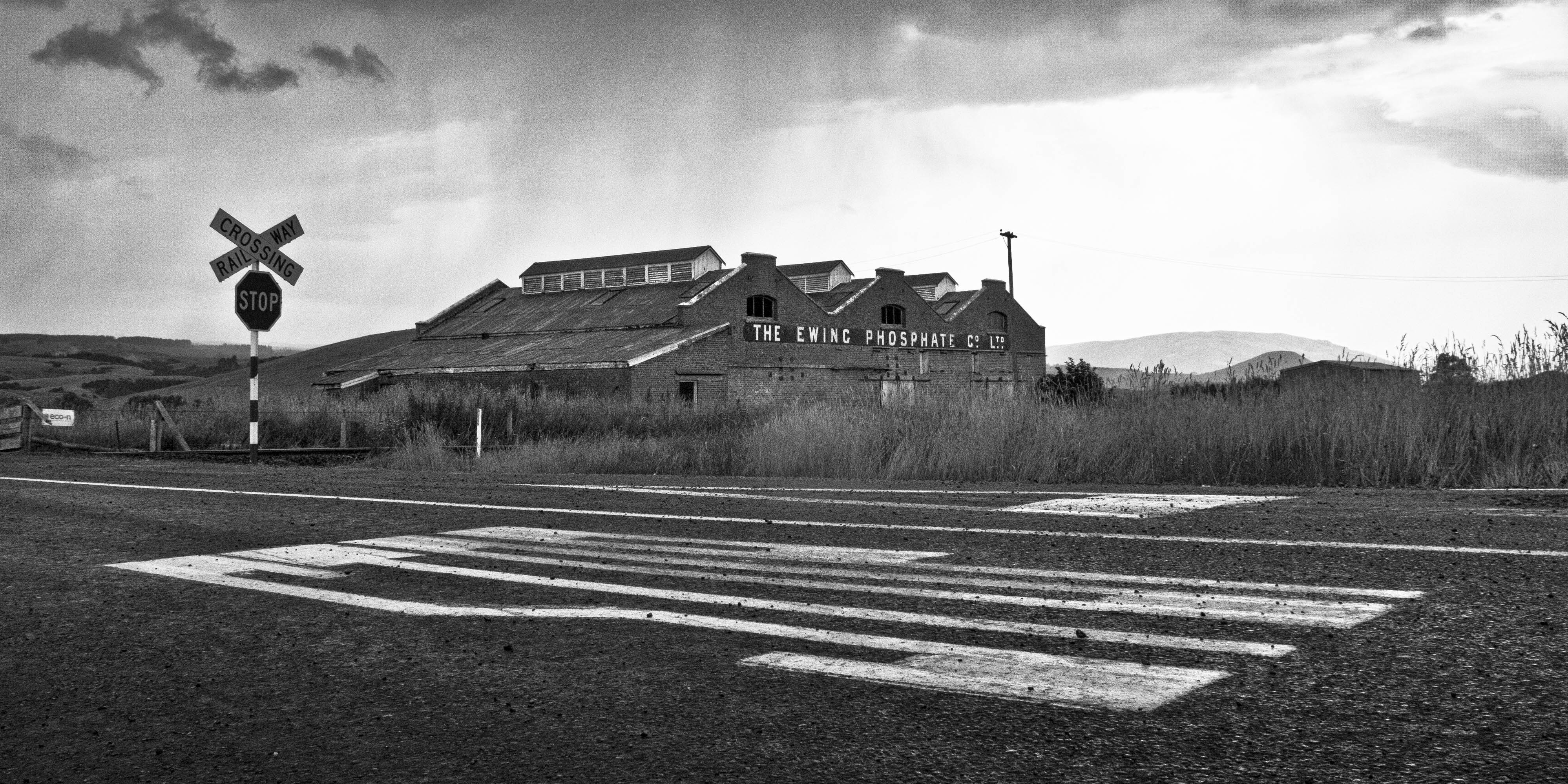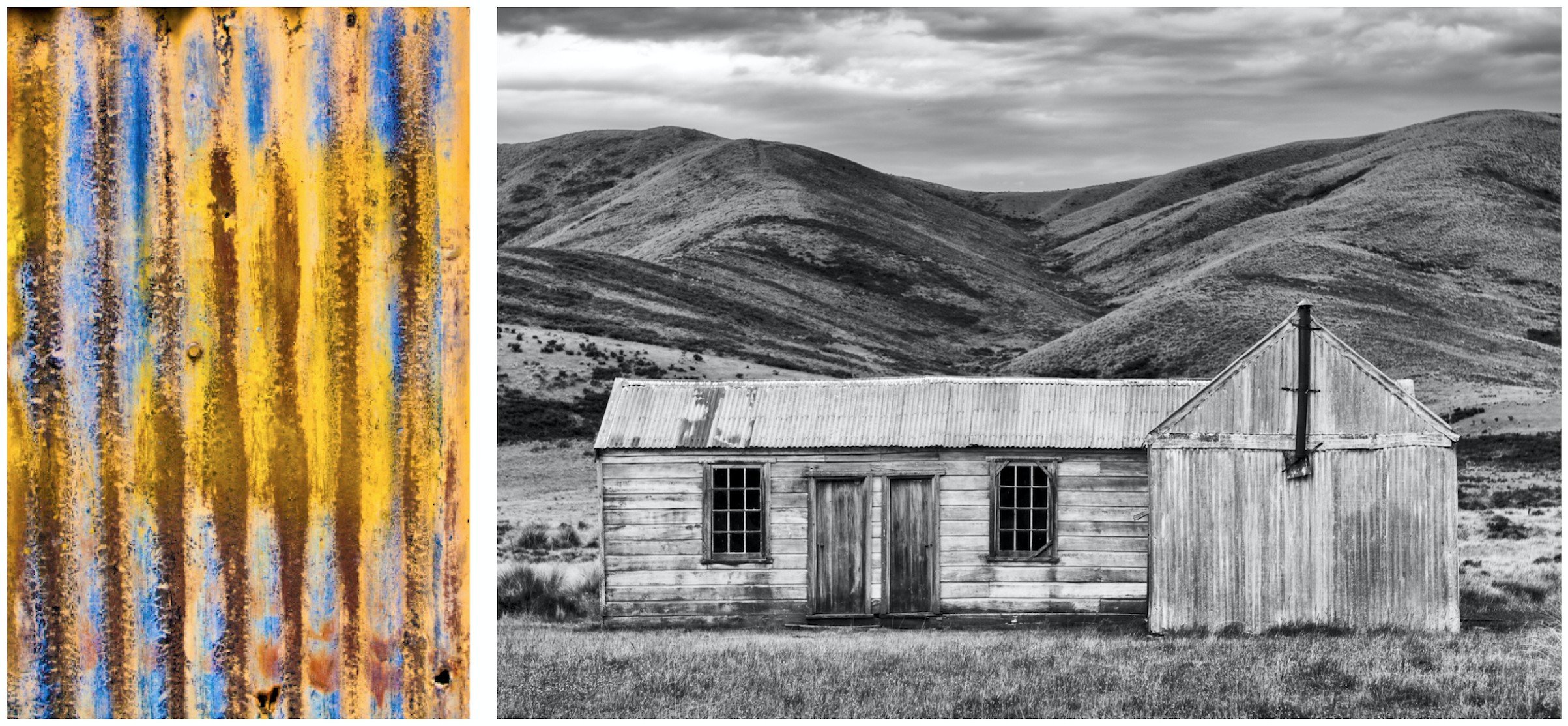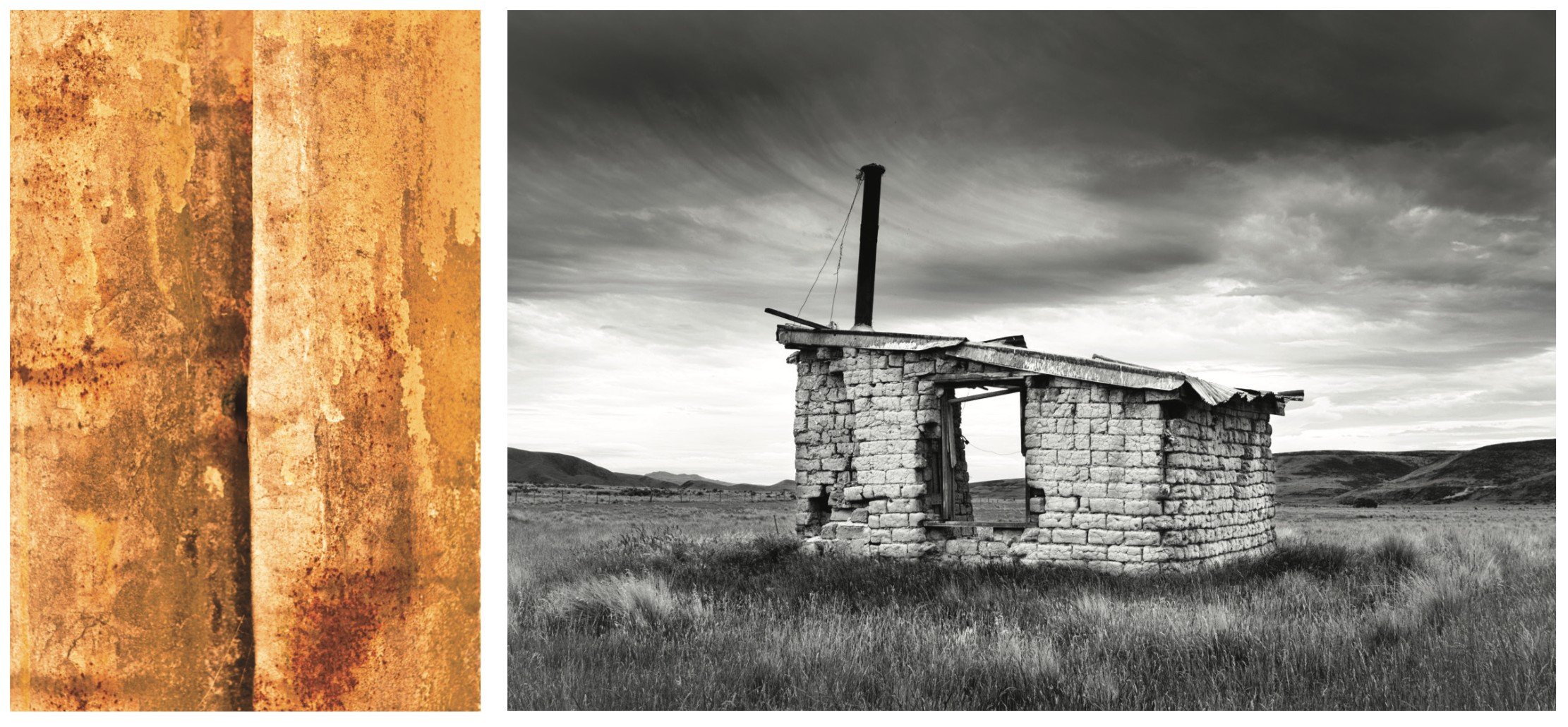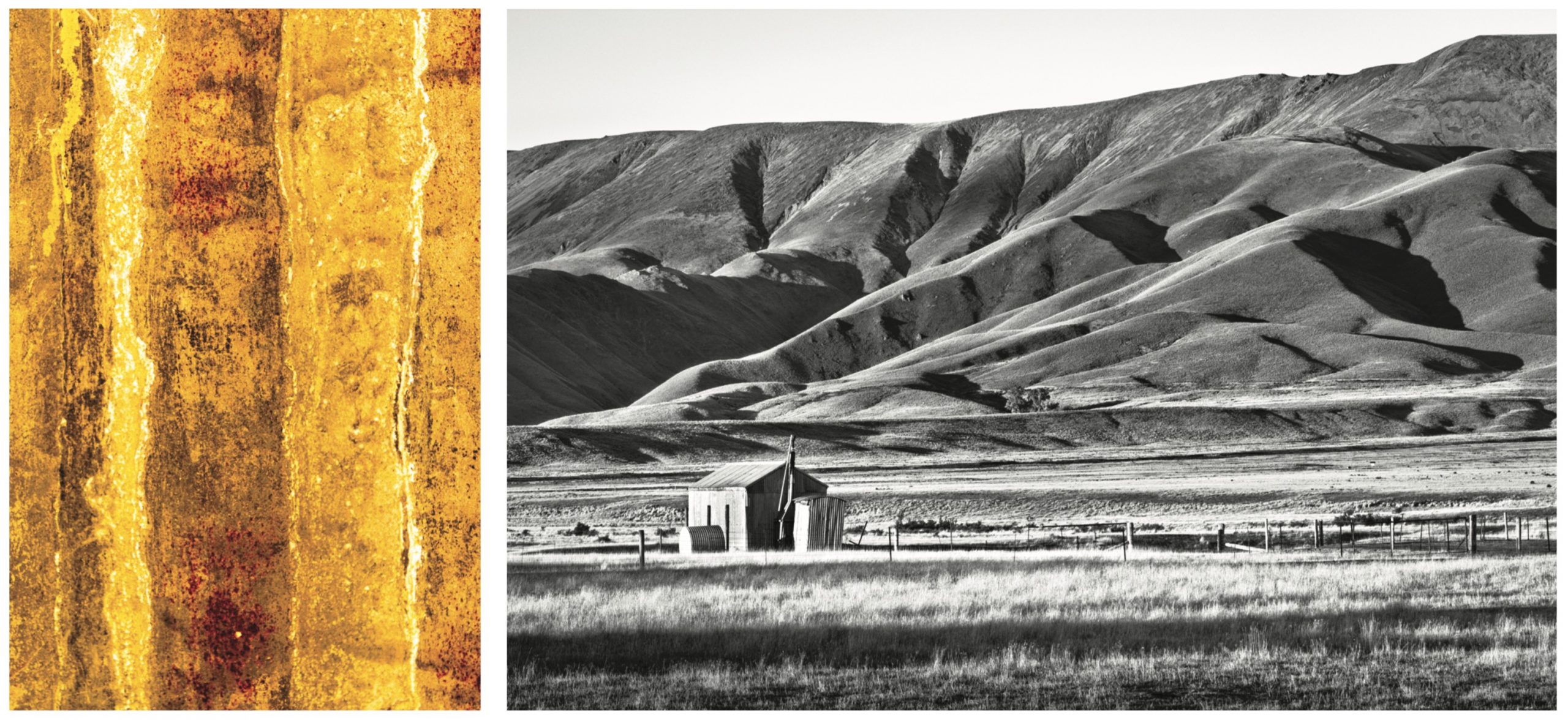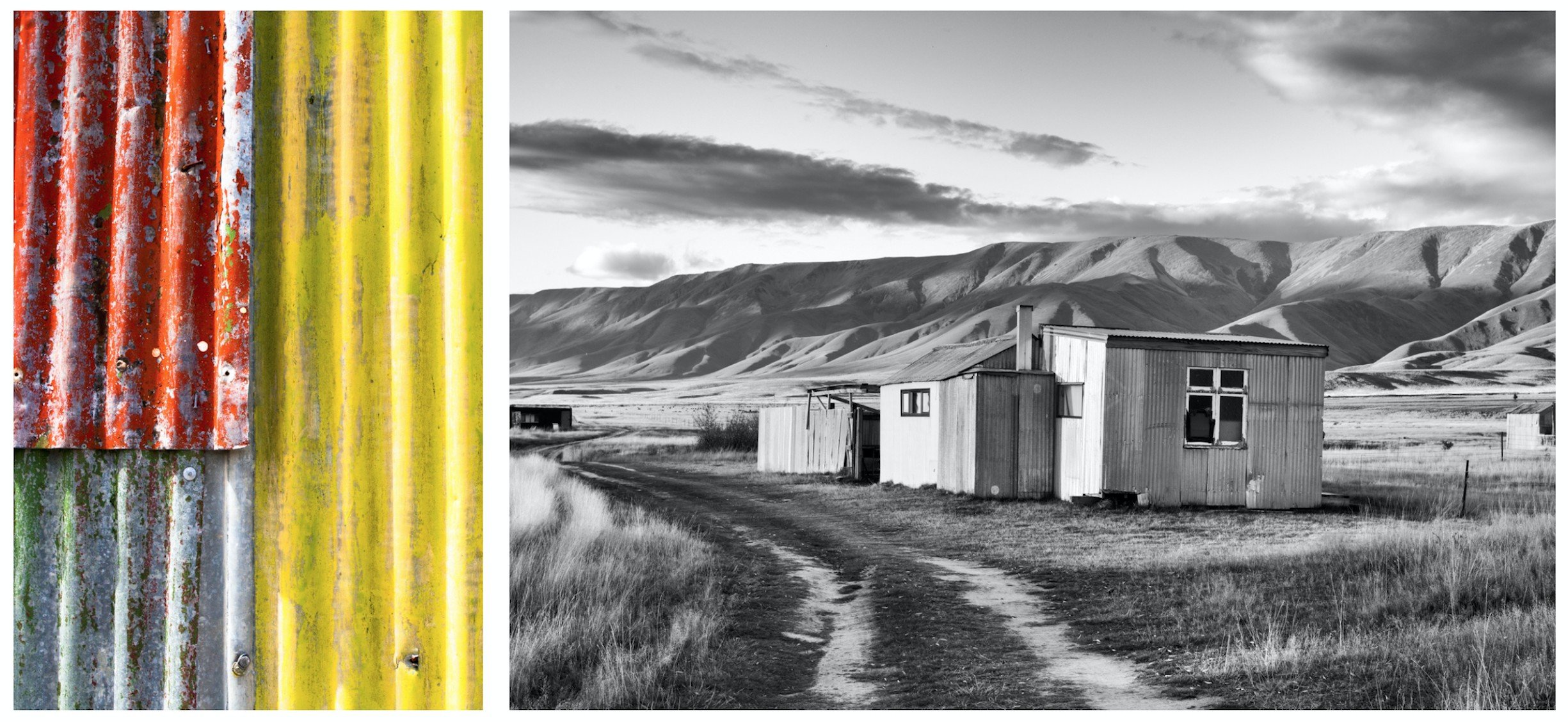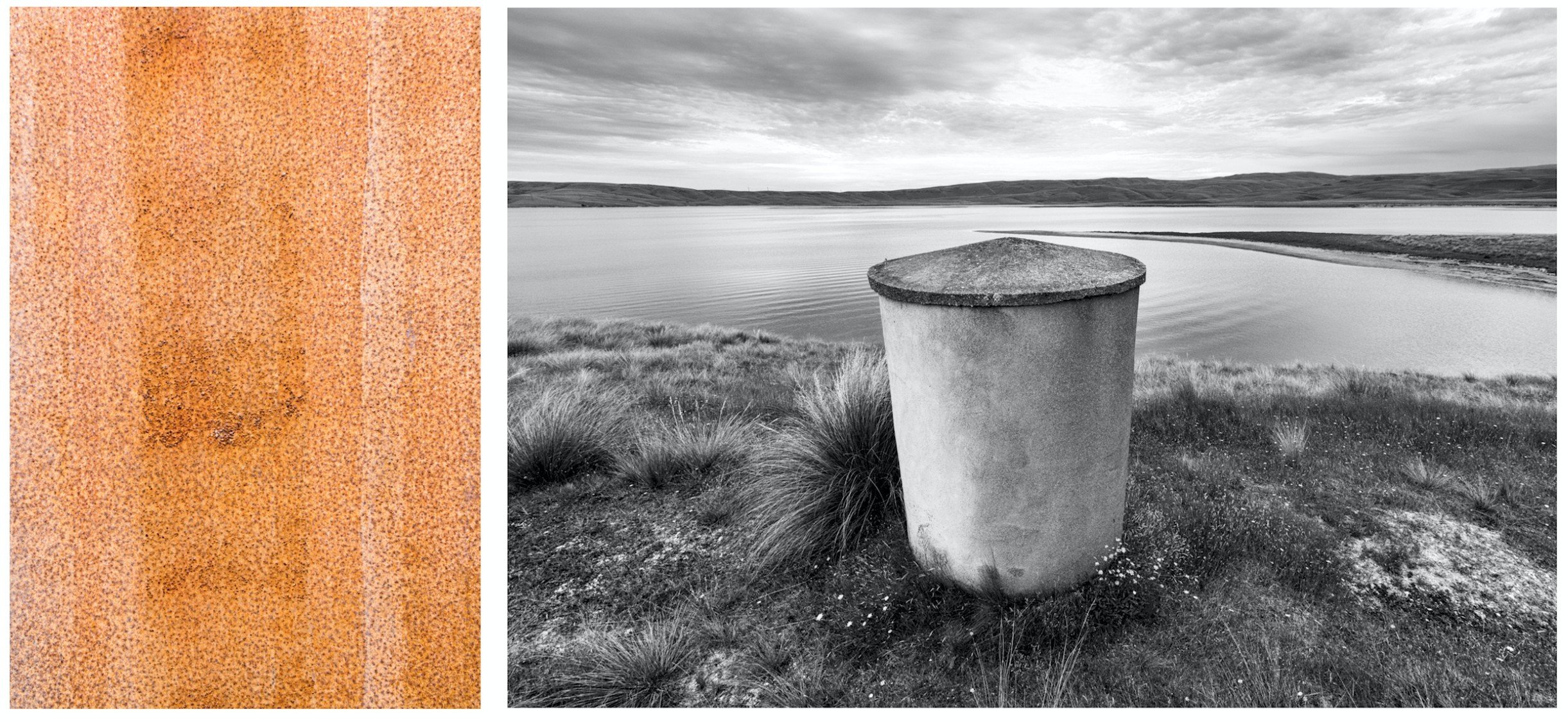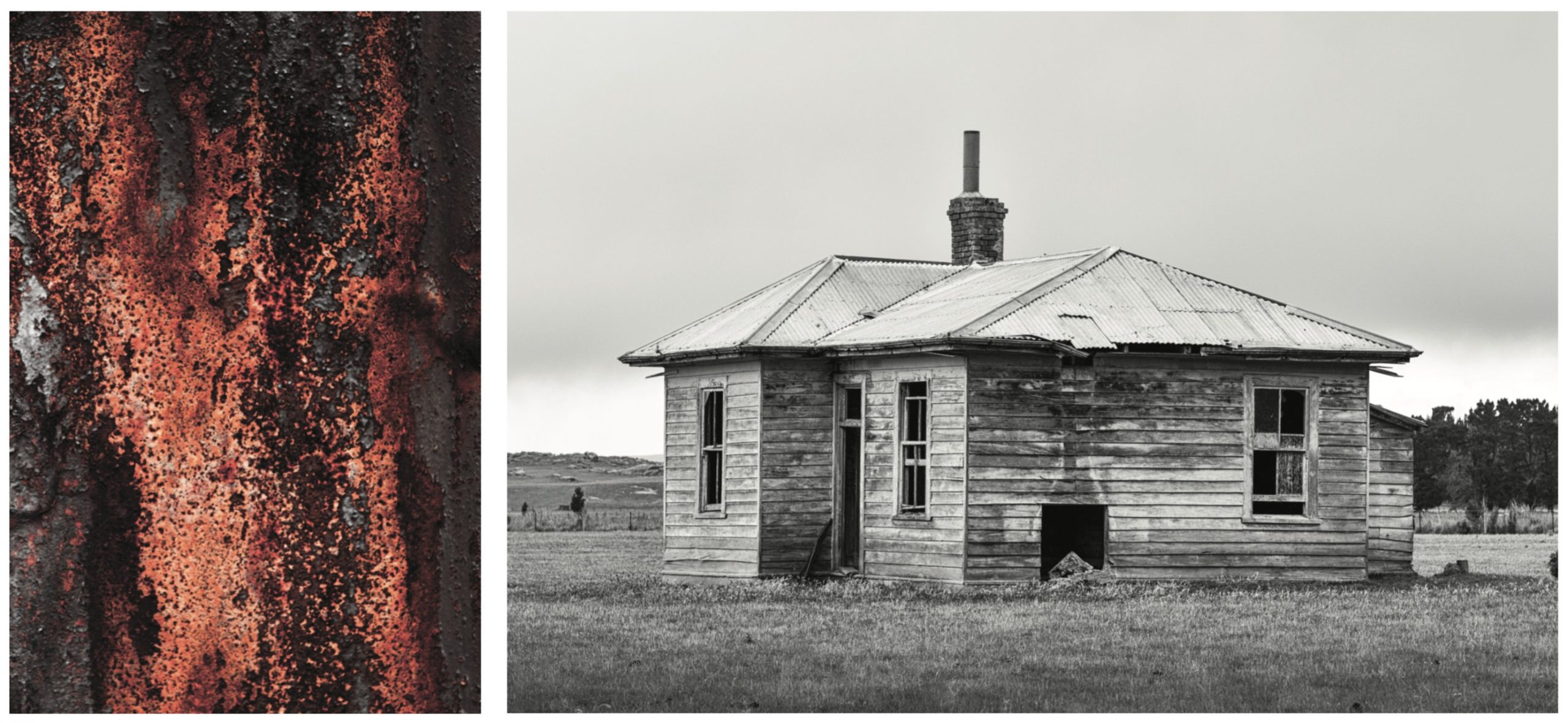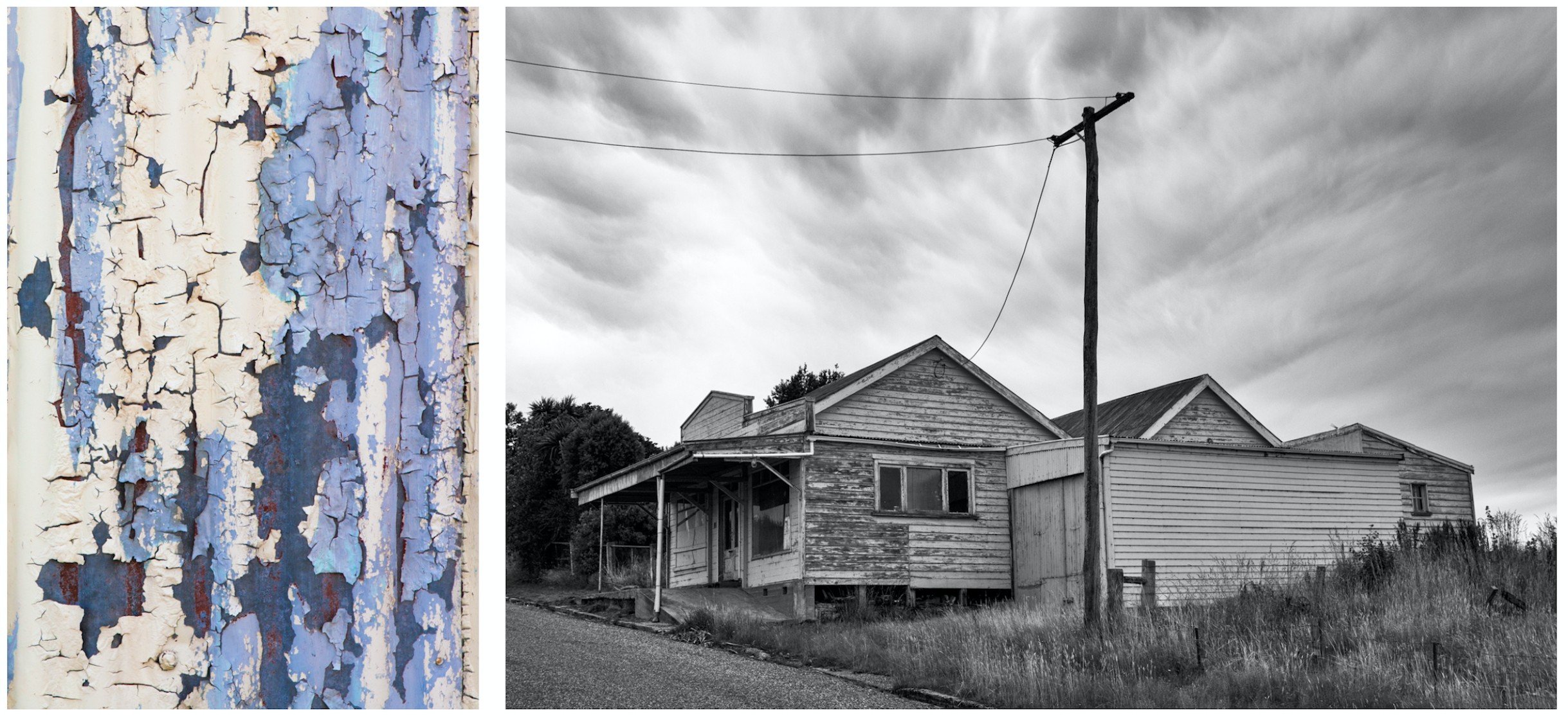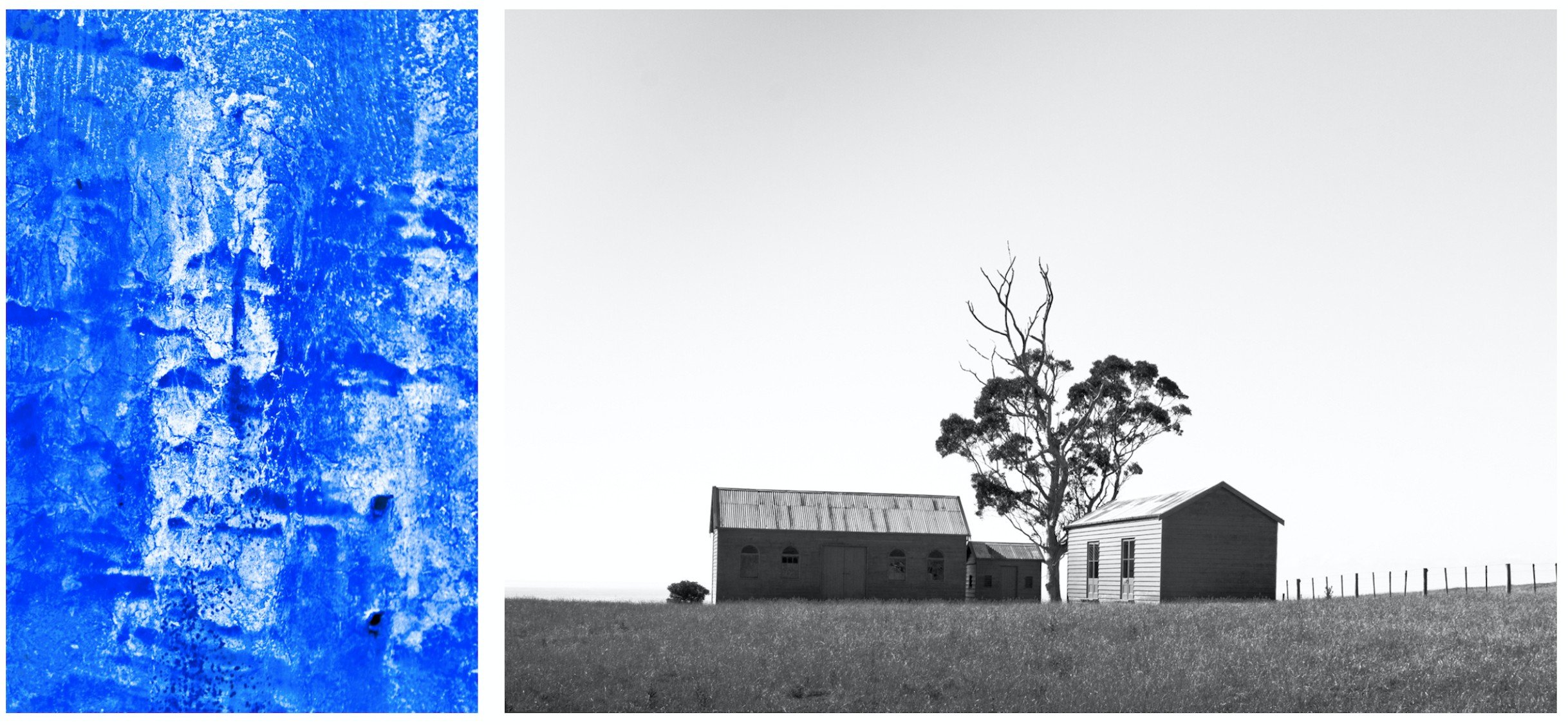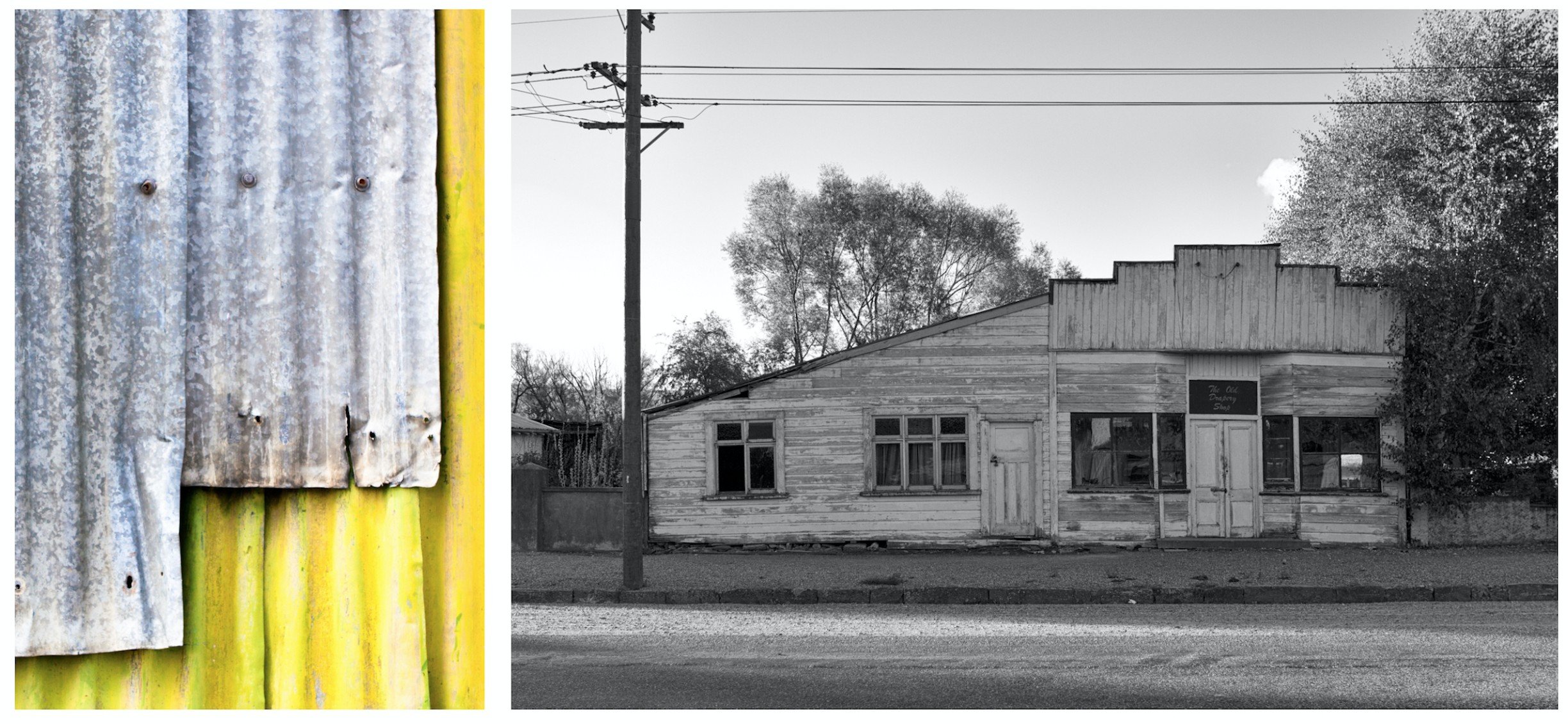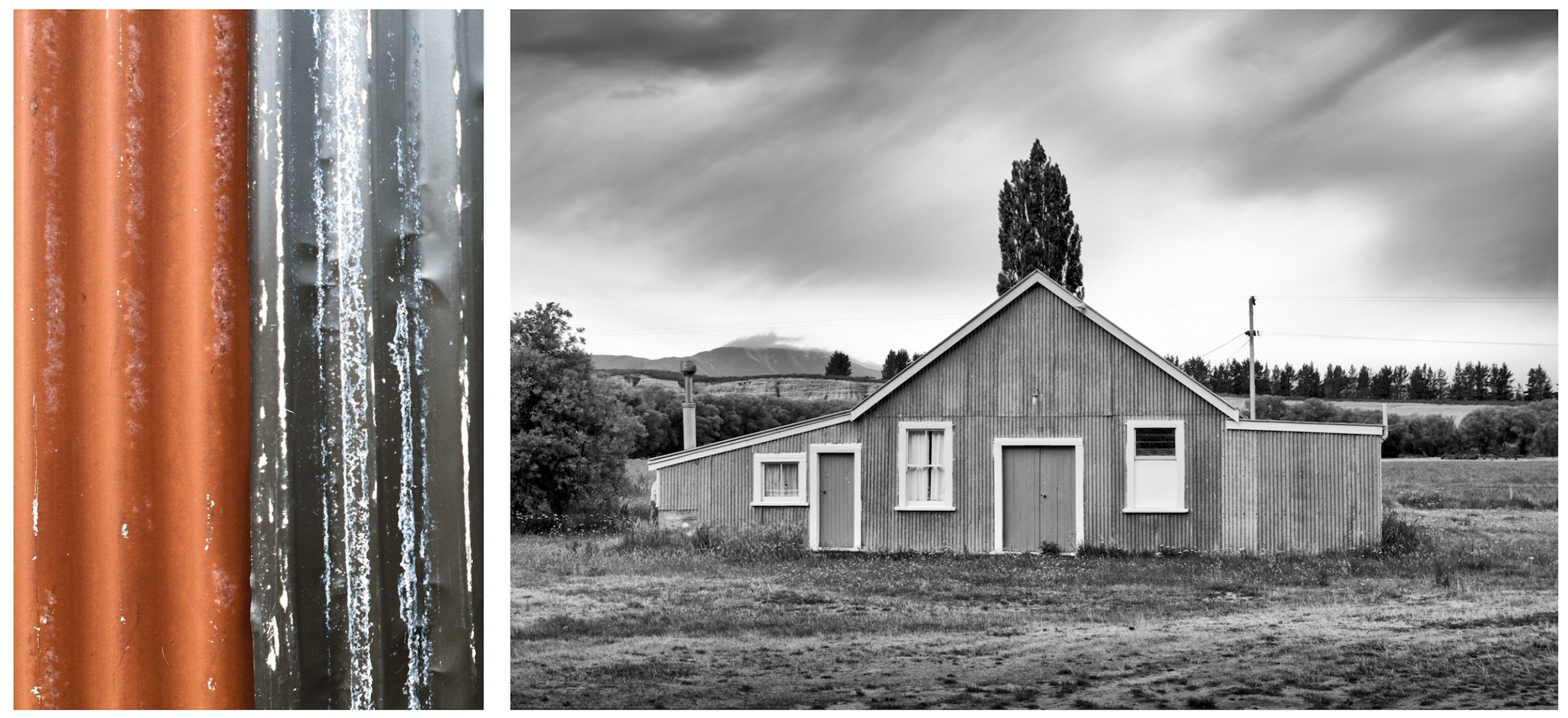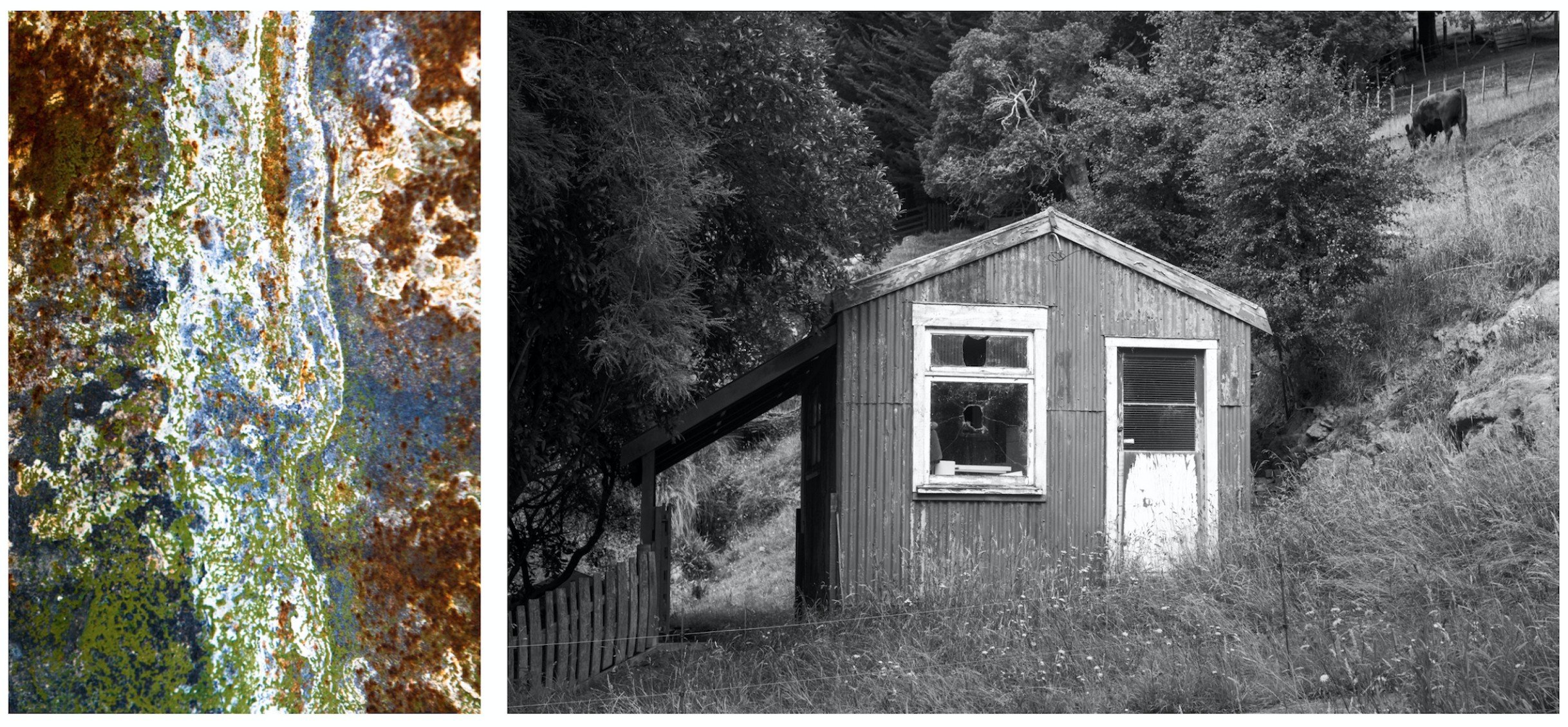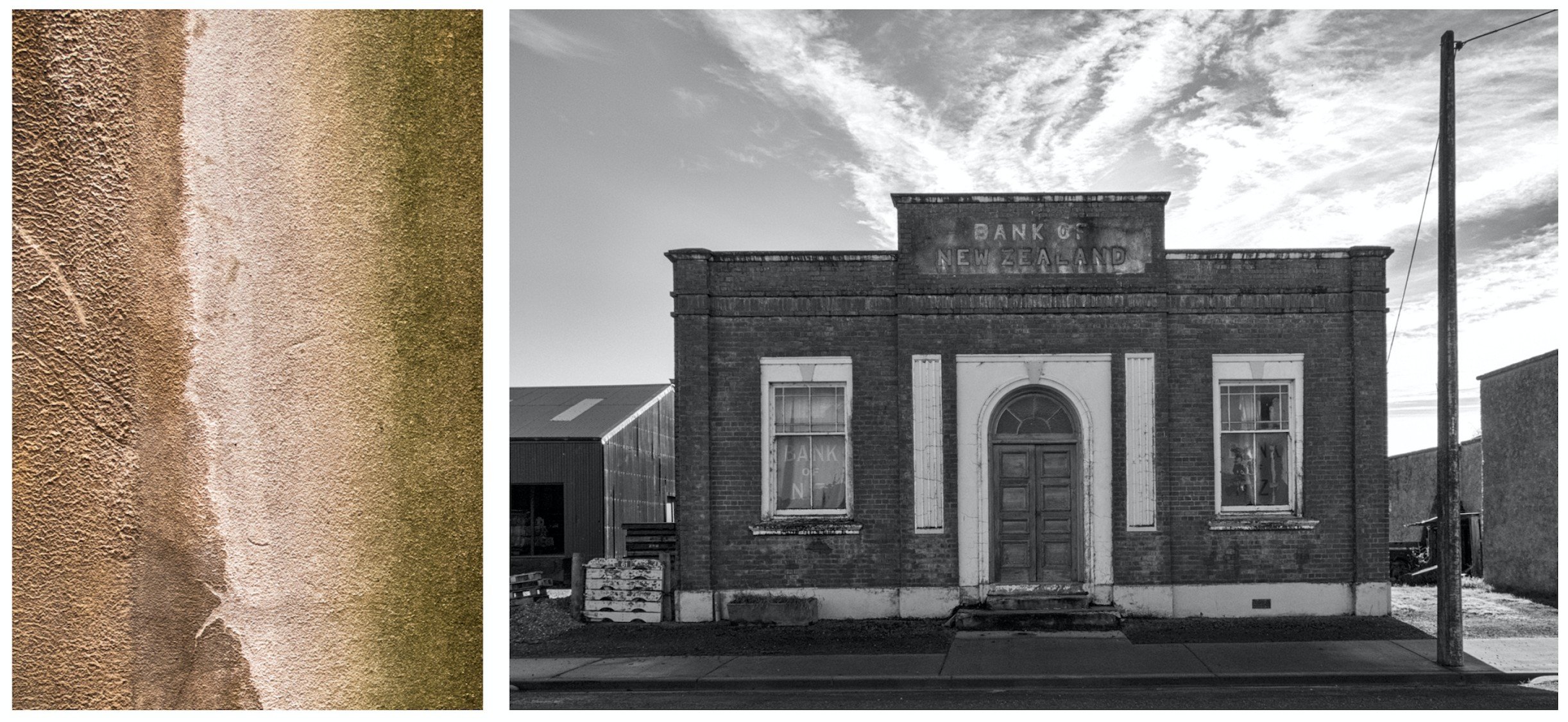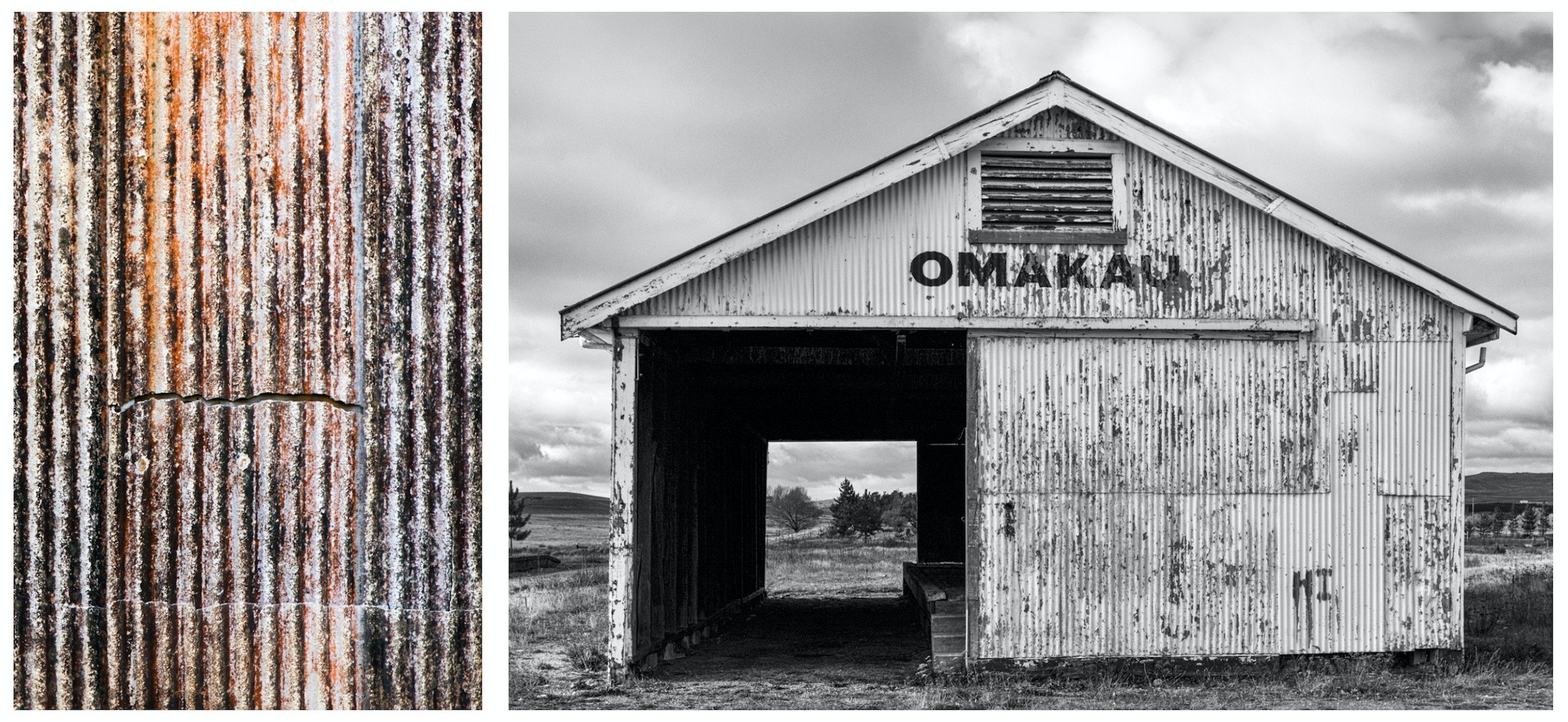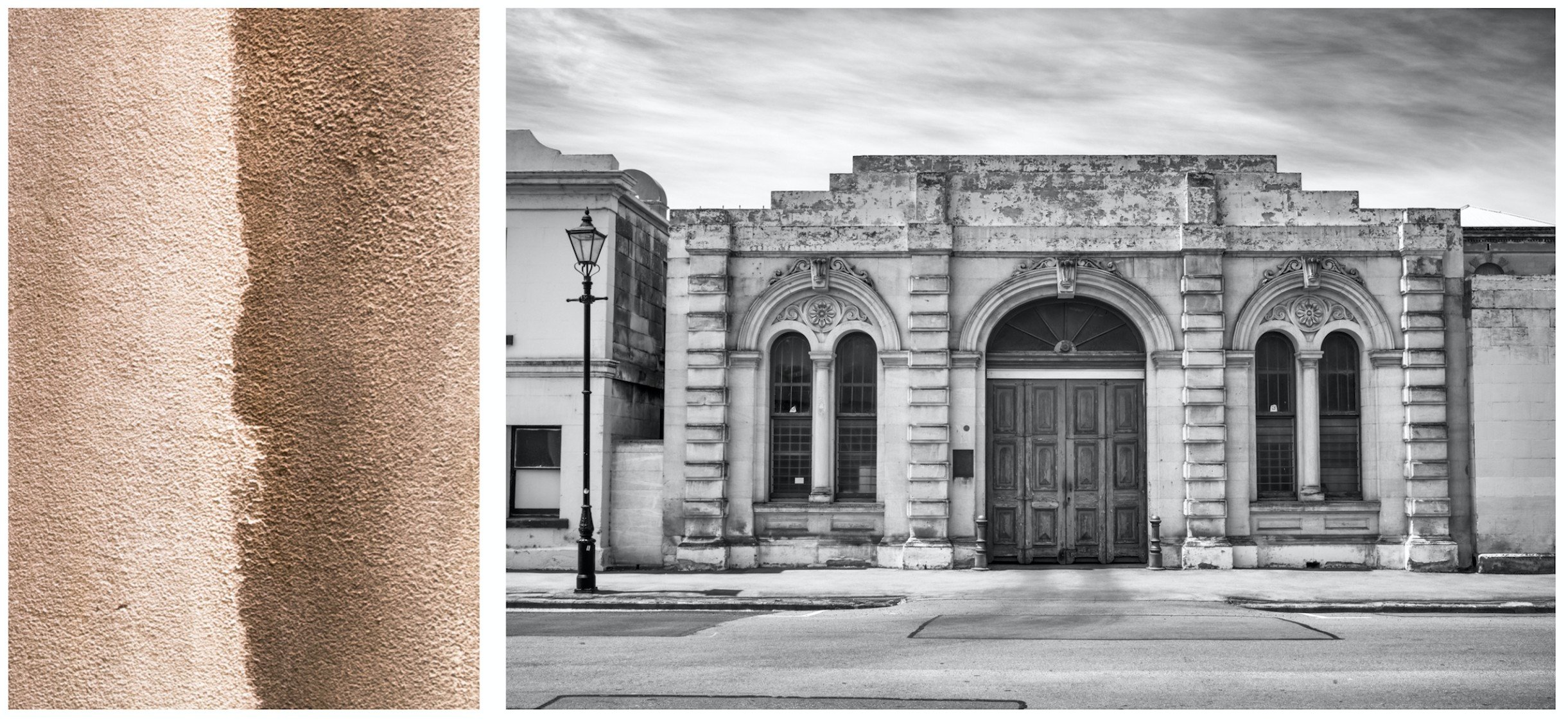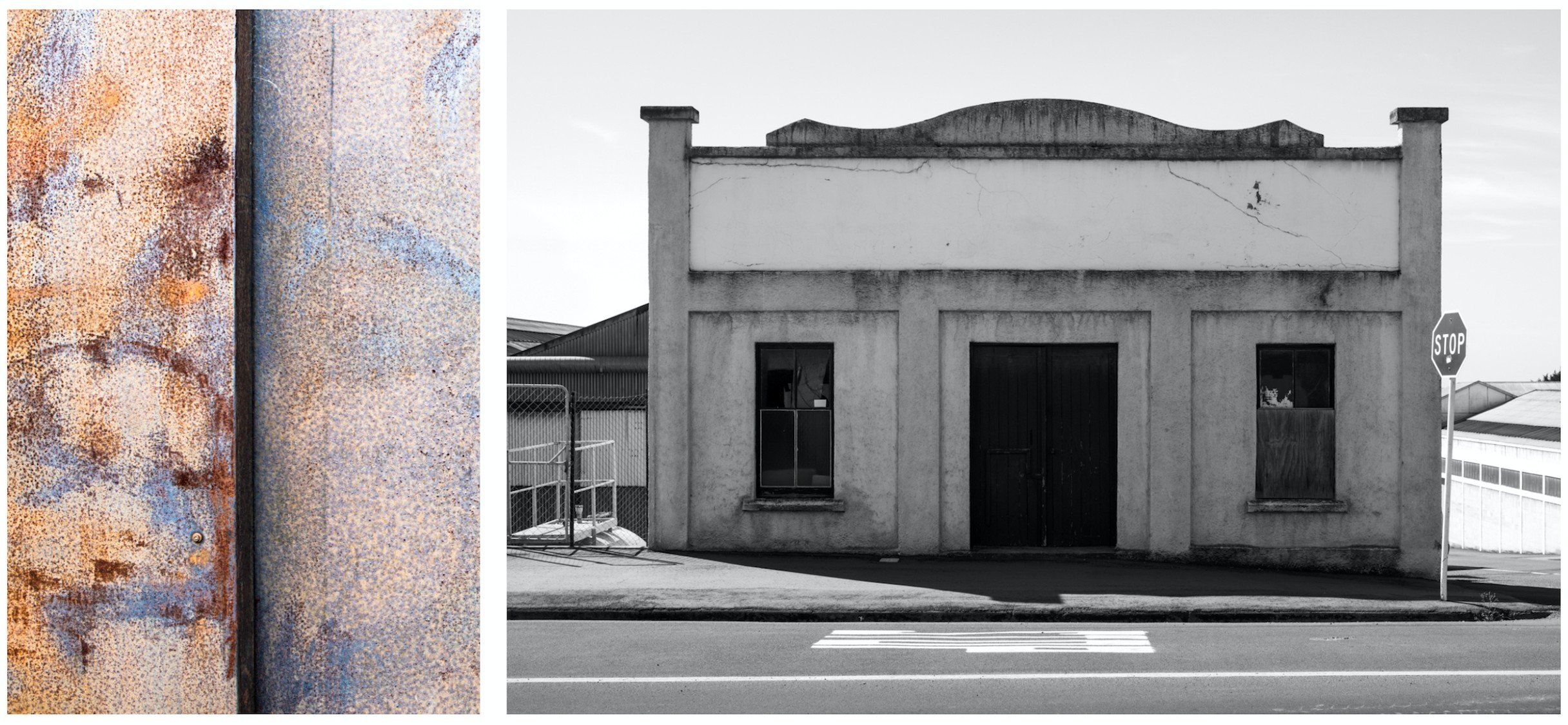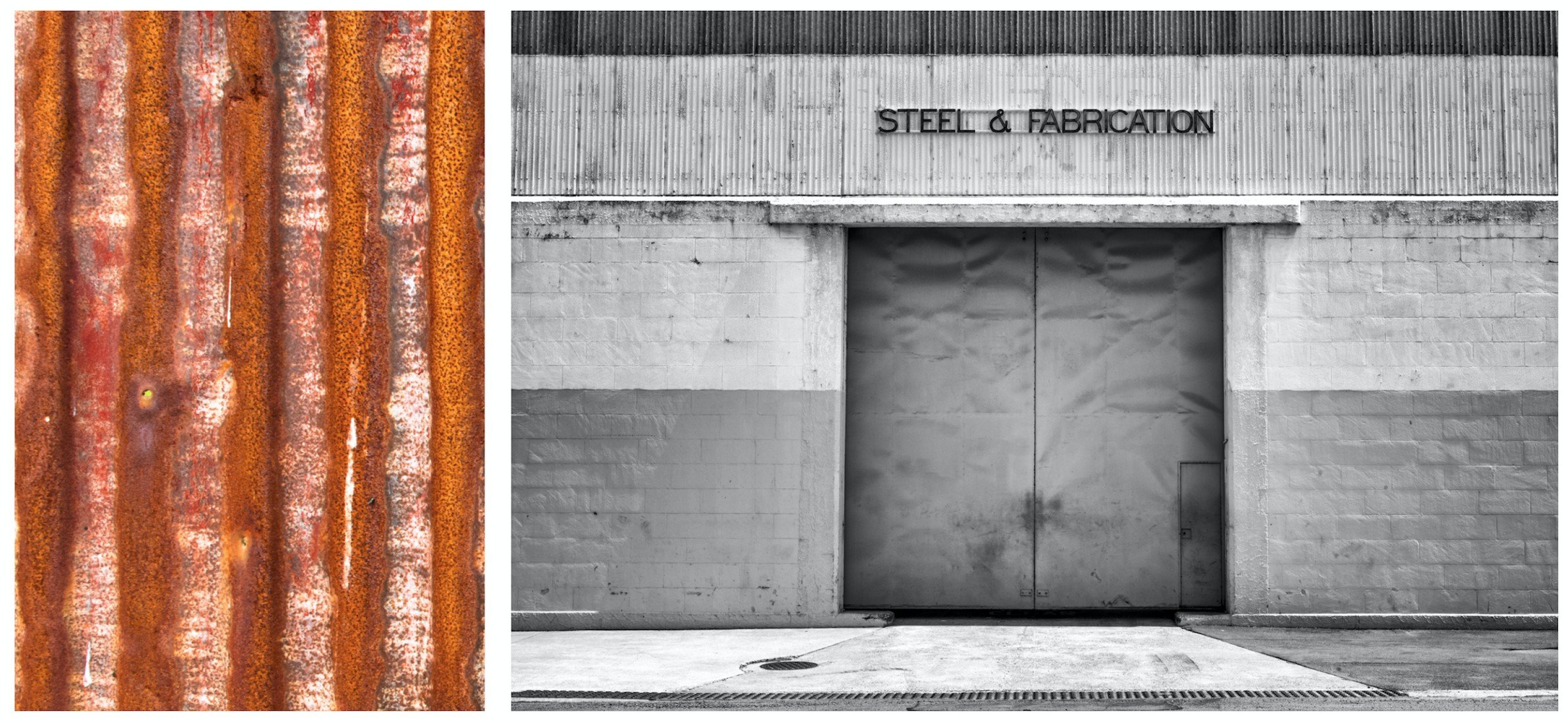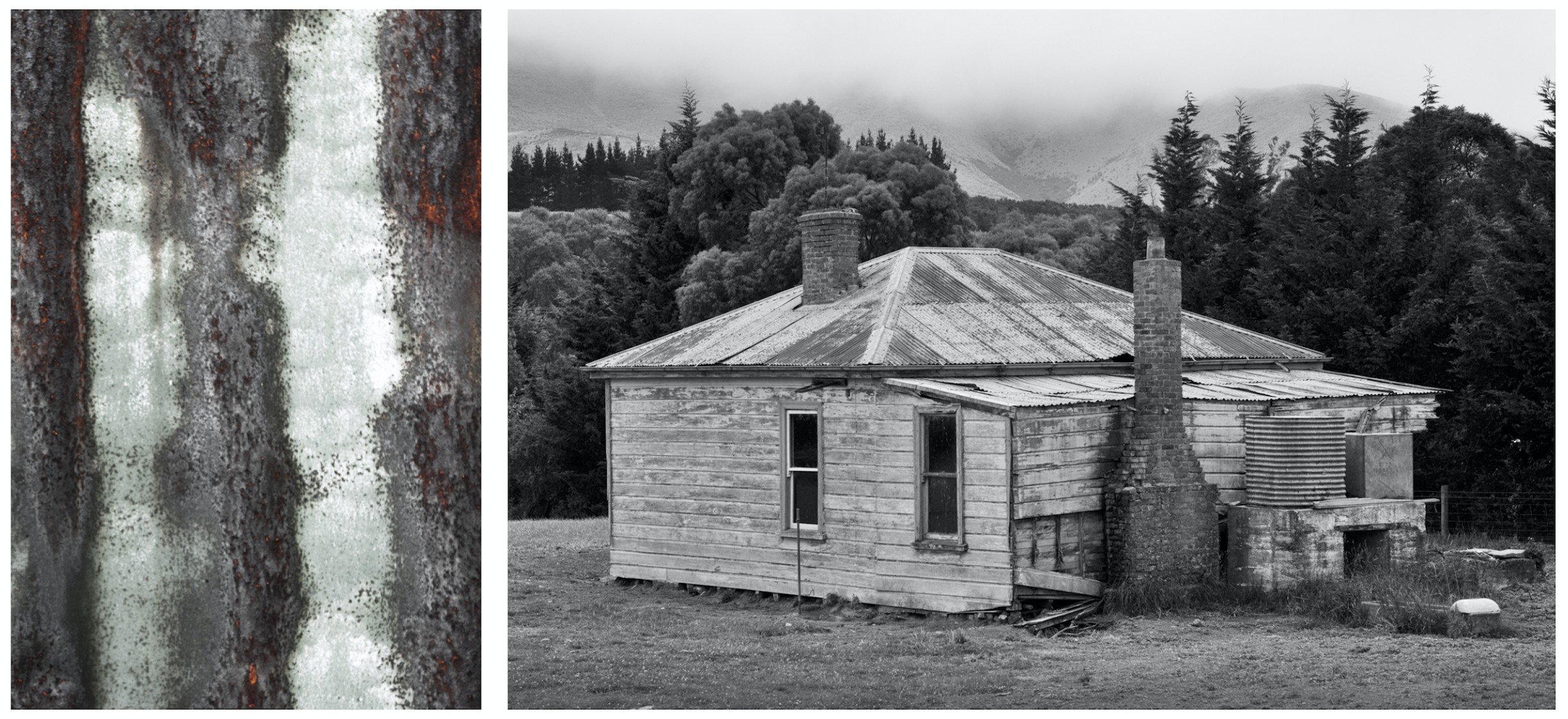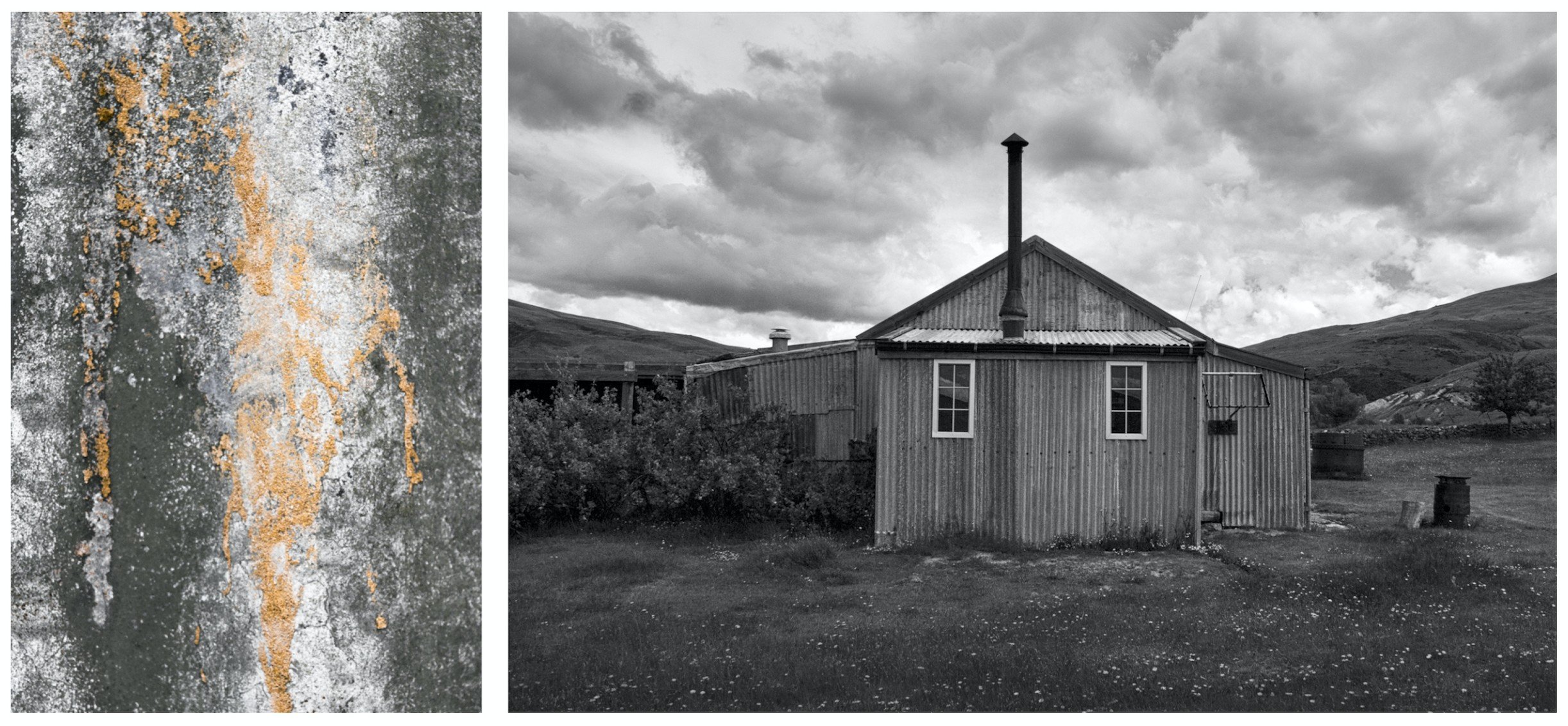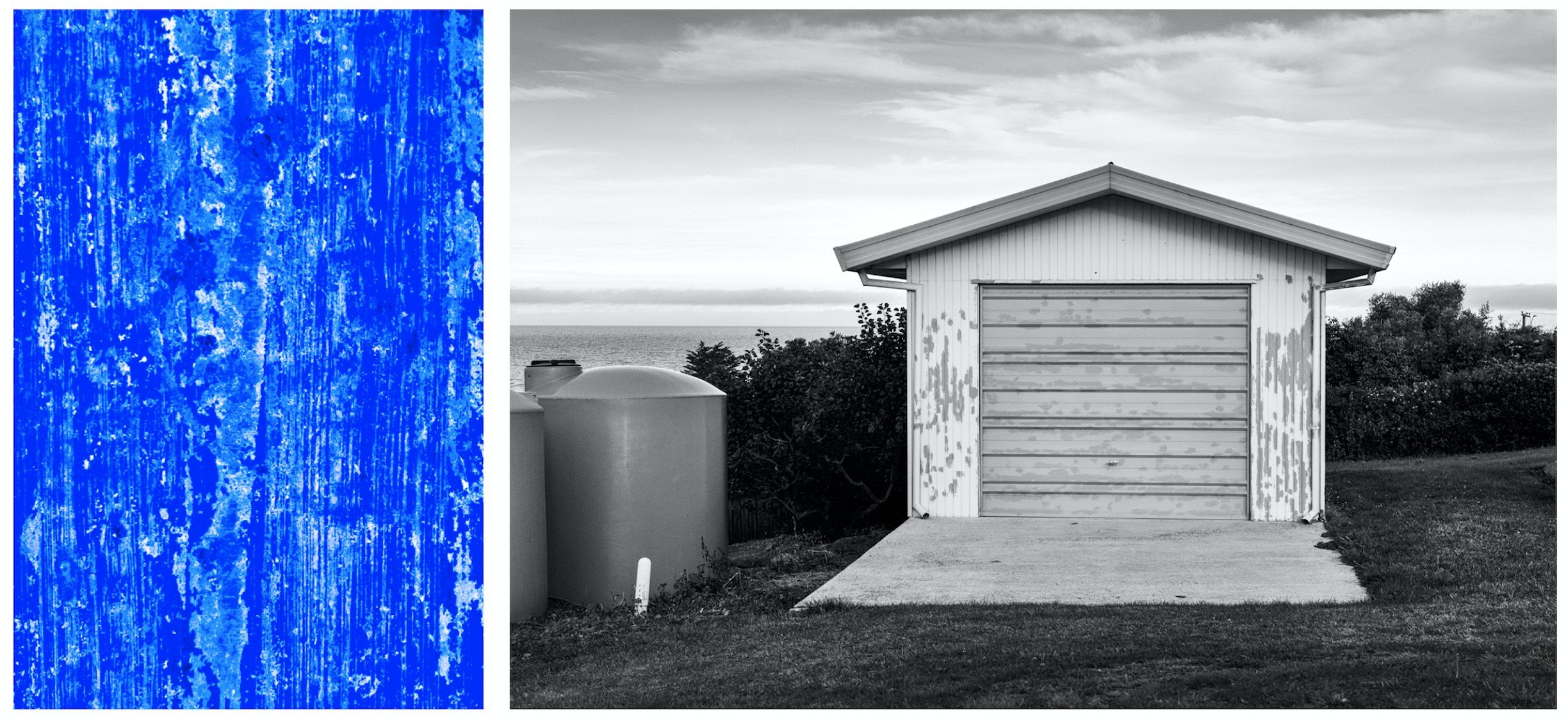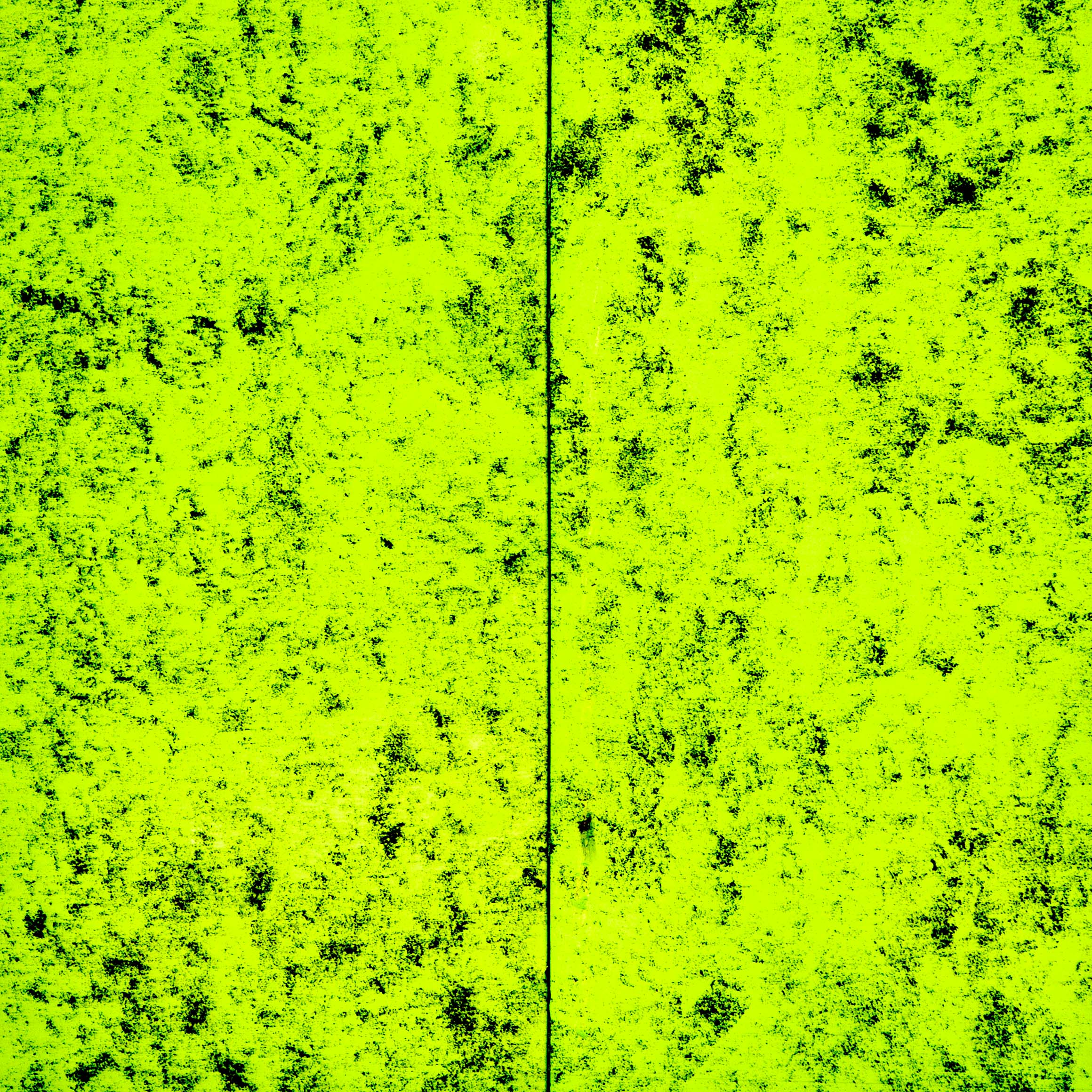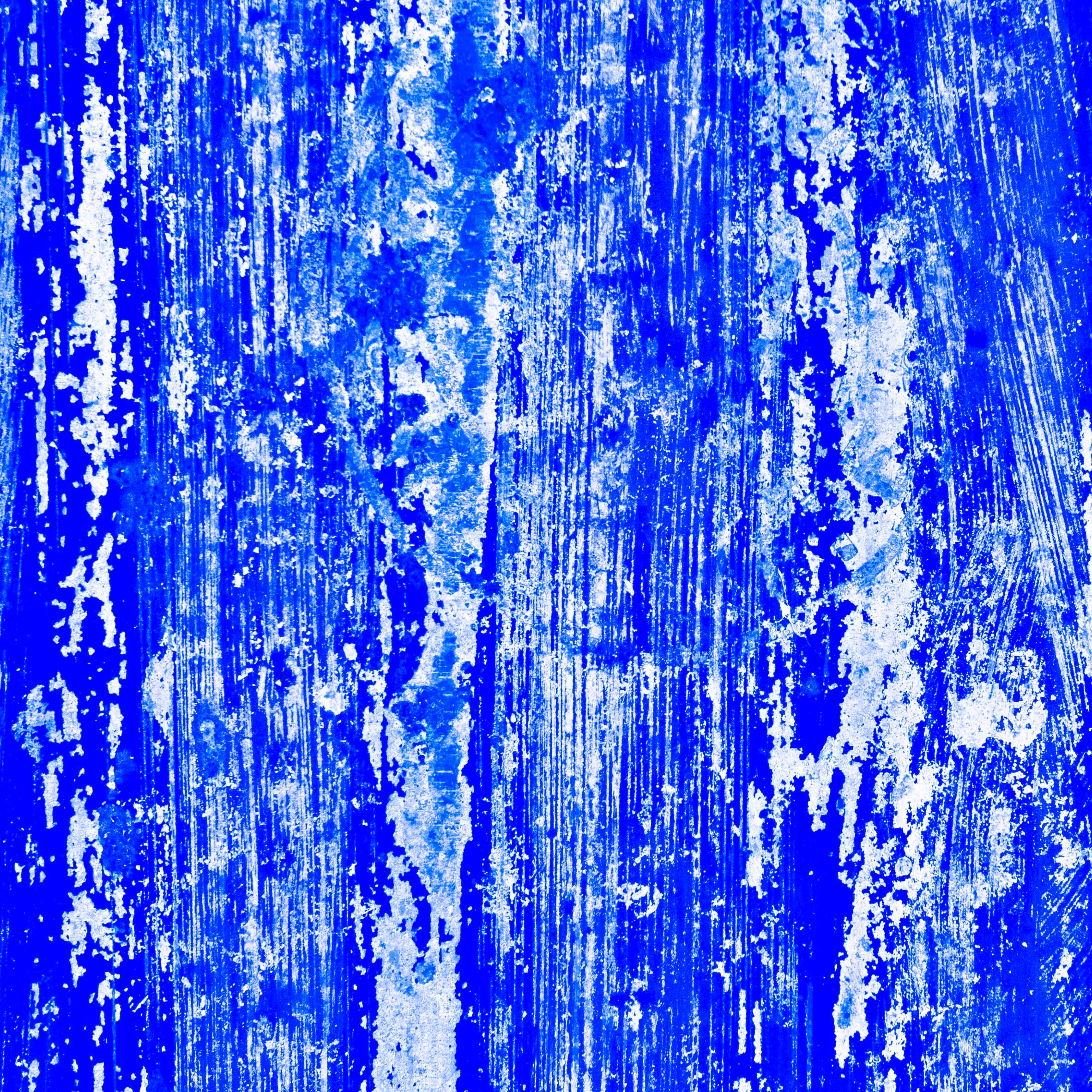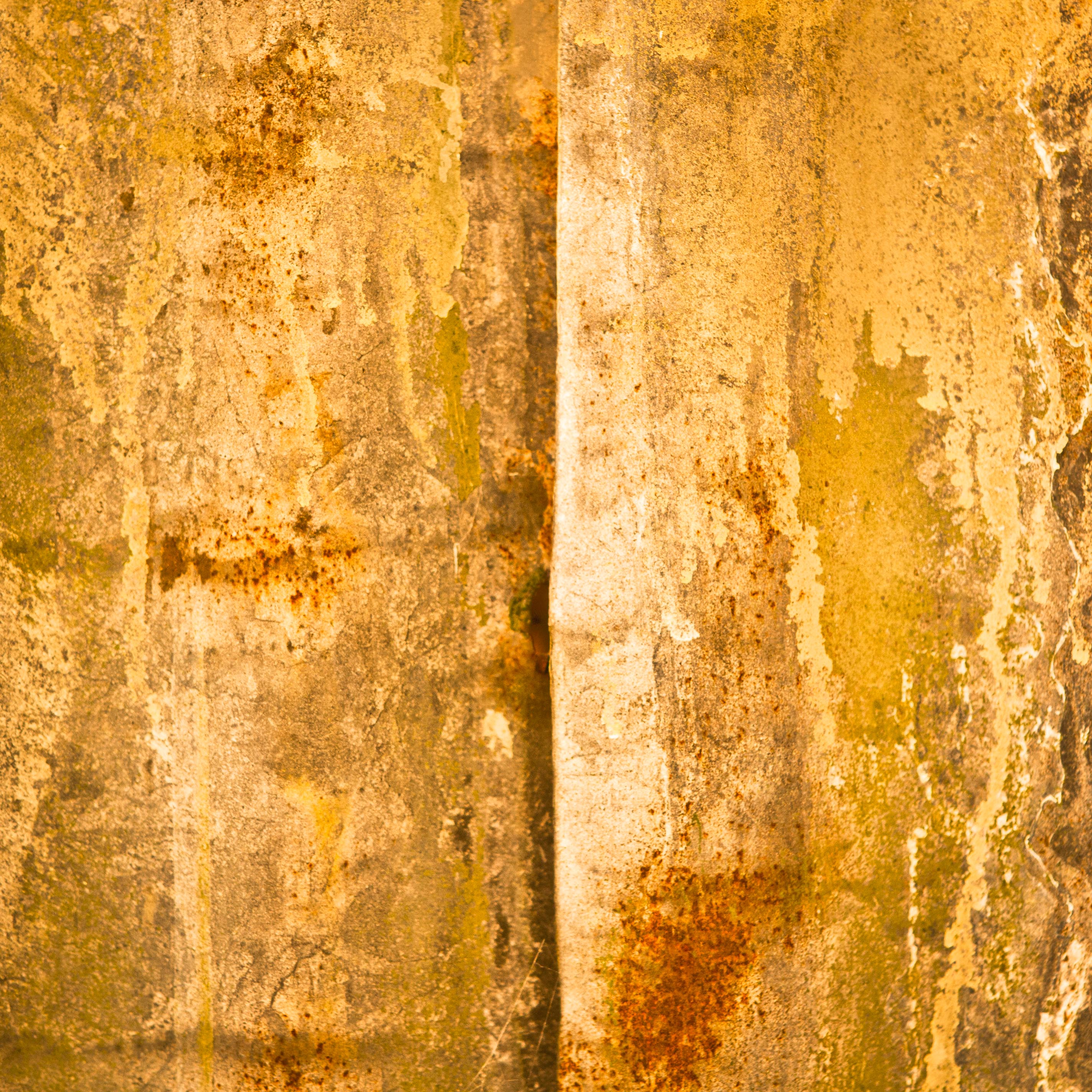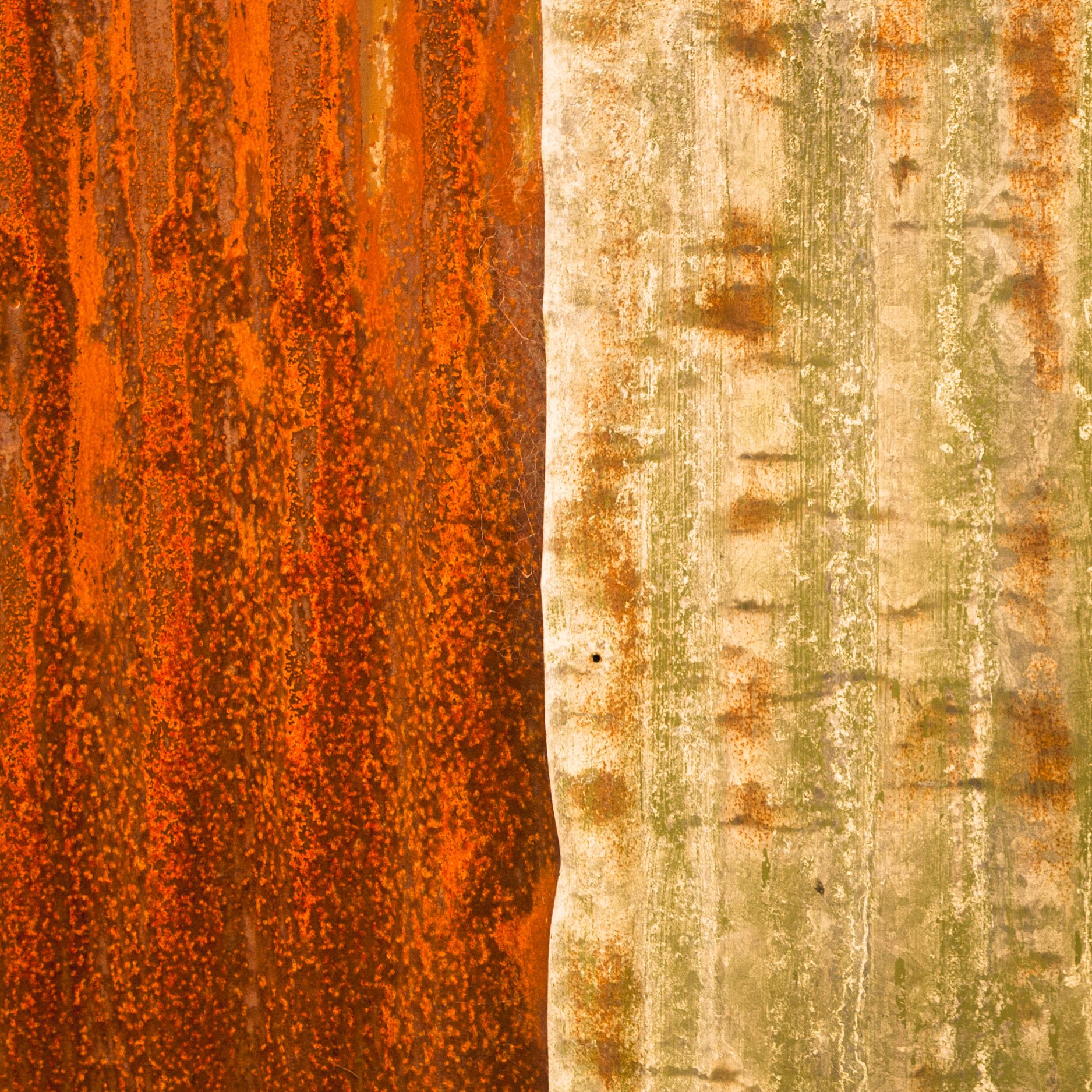How do different places make us feel and behave? The term psychogeography was invented by the Marxist theorist Guy Debord in 1955 in order to explore this idea. Inspired by the French nineteenth century poet and writer Charles Baudelaire’s concept of the flâneur – an urban wanderer – Debord suggested playful and inventive ways of navigating the urban environment in order to examine its architecture and spaces.
The reimagining of the city proposed by psychogeography has its roots in dadaism and surrealist art movements which explored ways of unleashing the subconscious imagination.
Psychogeography gained popularity in the 1990s when artists, writers and filmmakers began using the idea to create works based on exploring locations by walking. Soon a new generation of artists and writers also began employing the term to identify their interest in practices of walking, exploring, and other forms of landscape intervention. it appears to reflect a widespread desire to rediscover place as a site of adventure.
It was associated with the “dérive” (literally translated, “drifting”) which involves an unstructured wandering through the landscape, allowing oneself to be drawn consciously and unconsciously toward those sites and scenes that heighten one’s experience of place and disrupt the banality of everyday life as well as the construction of “situations”: temporarily autonomous places of creativity and transgression.
The quest to define “psychogeography” may in fact be a form of psychogeographical wandering itself – possibly futile, but nonetheless fun, fascinating, and rife with hidden meanings.
Drifting around buildings led me to explore these settings in both colour and black and white. This drifting and wayfinding encourages an exploration of different angles, lines, colours, textures and various attraction points. It encourages a micro examination of the surface within the contcxt of the macro view and perhaps leads to a more contemplative way to look at constructed landscapes.
